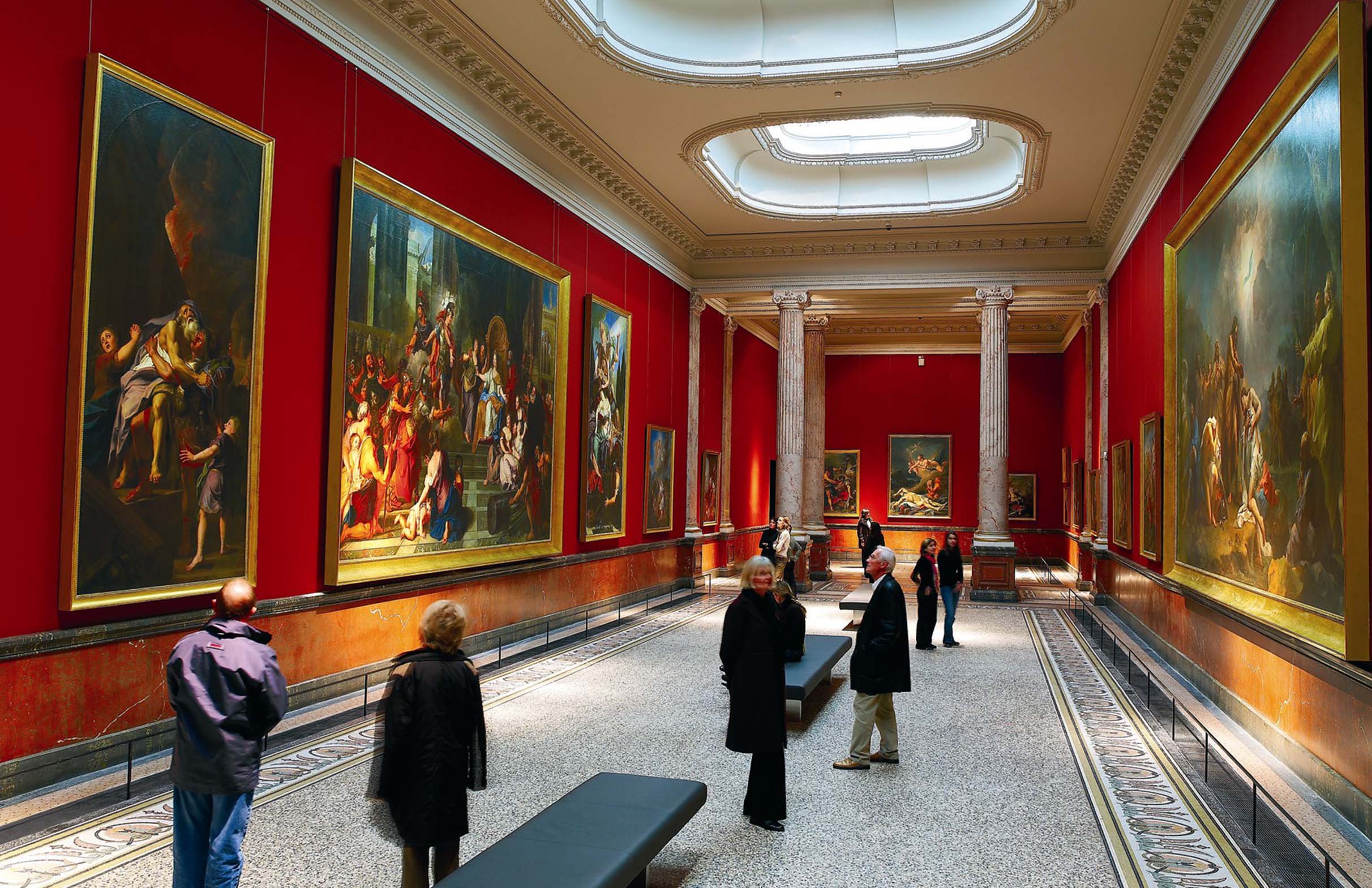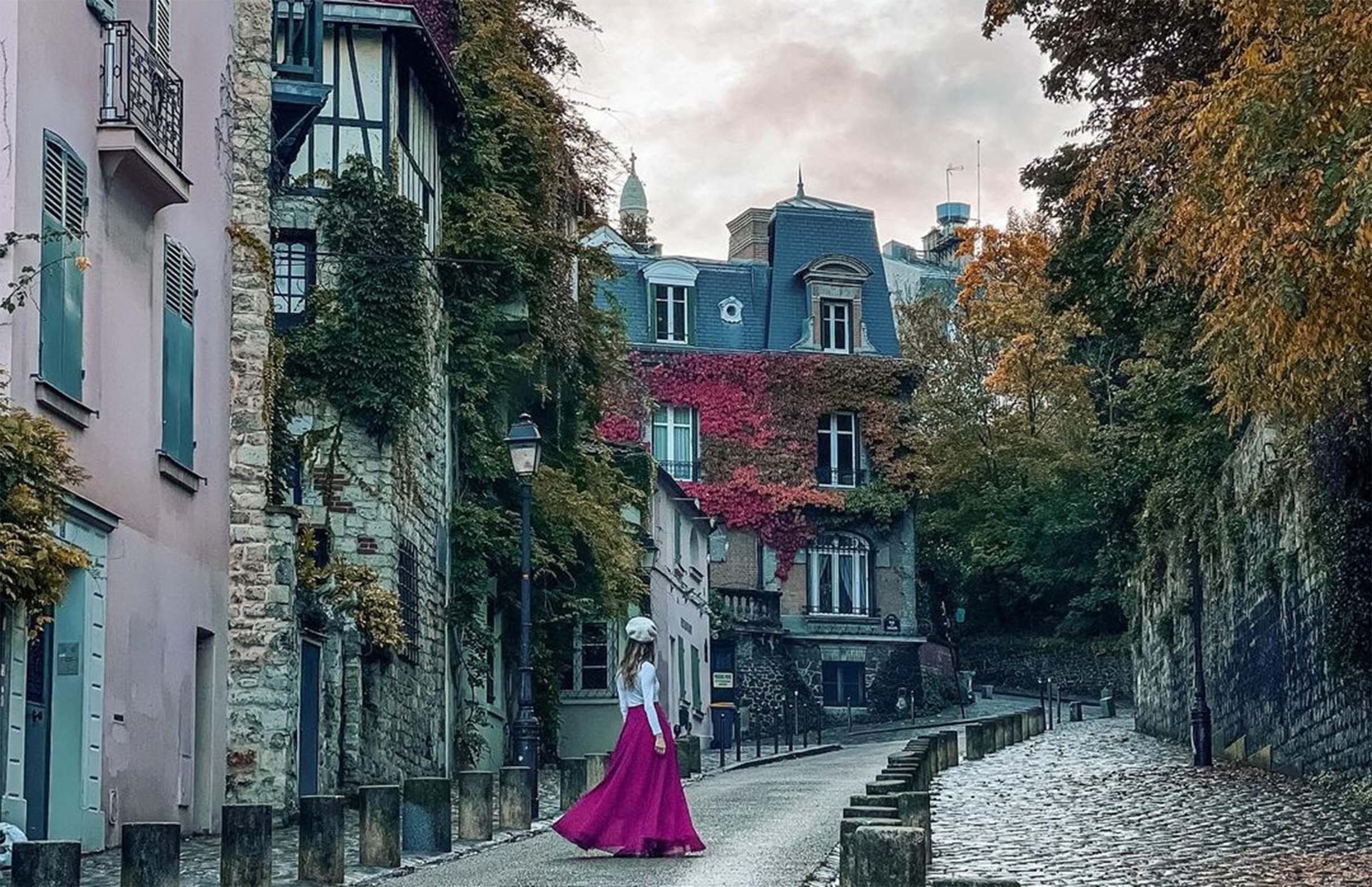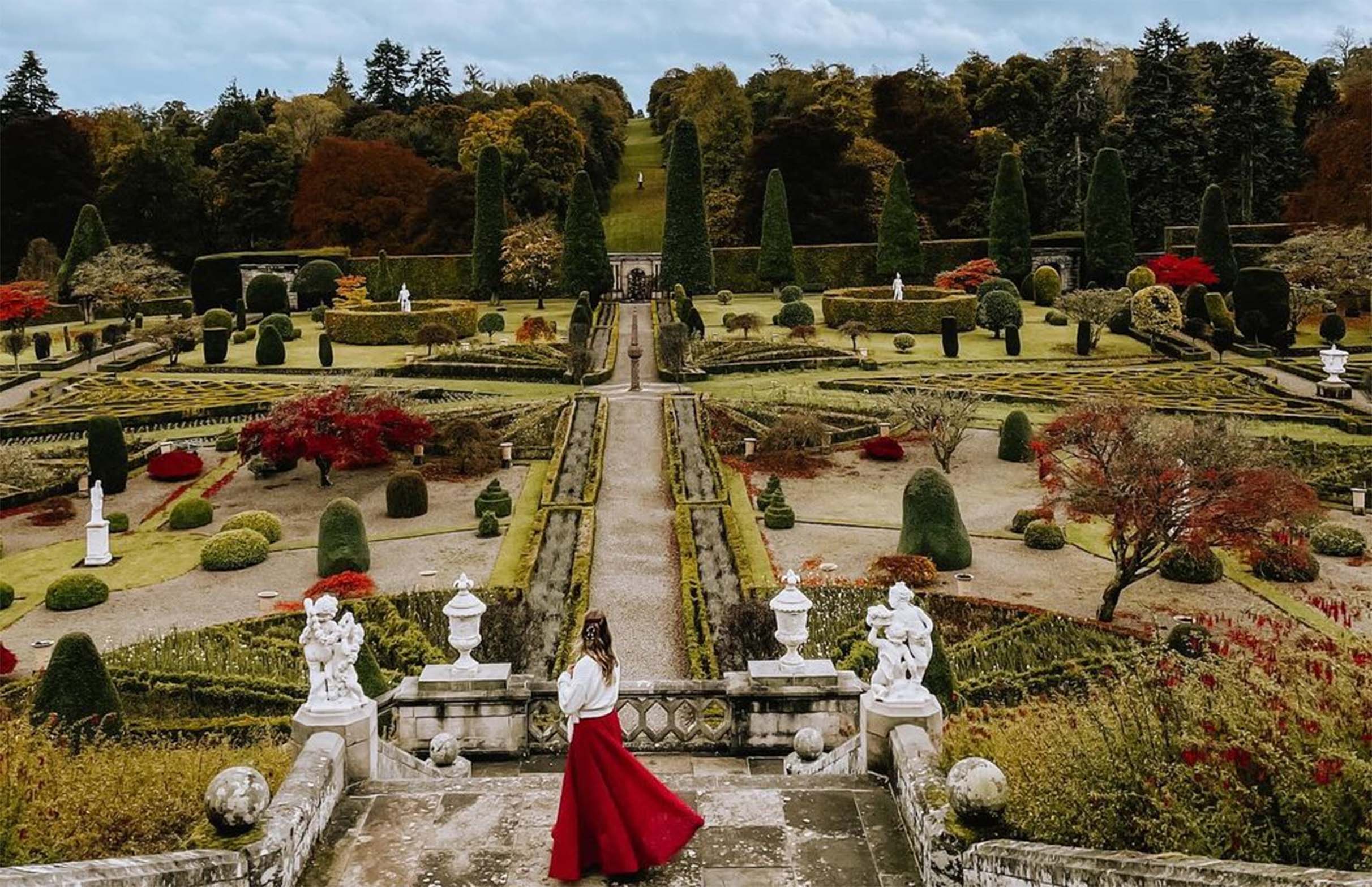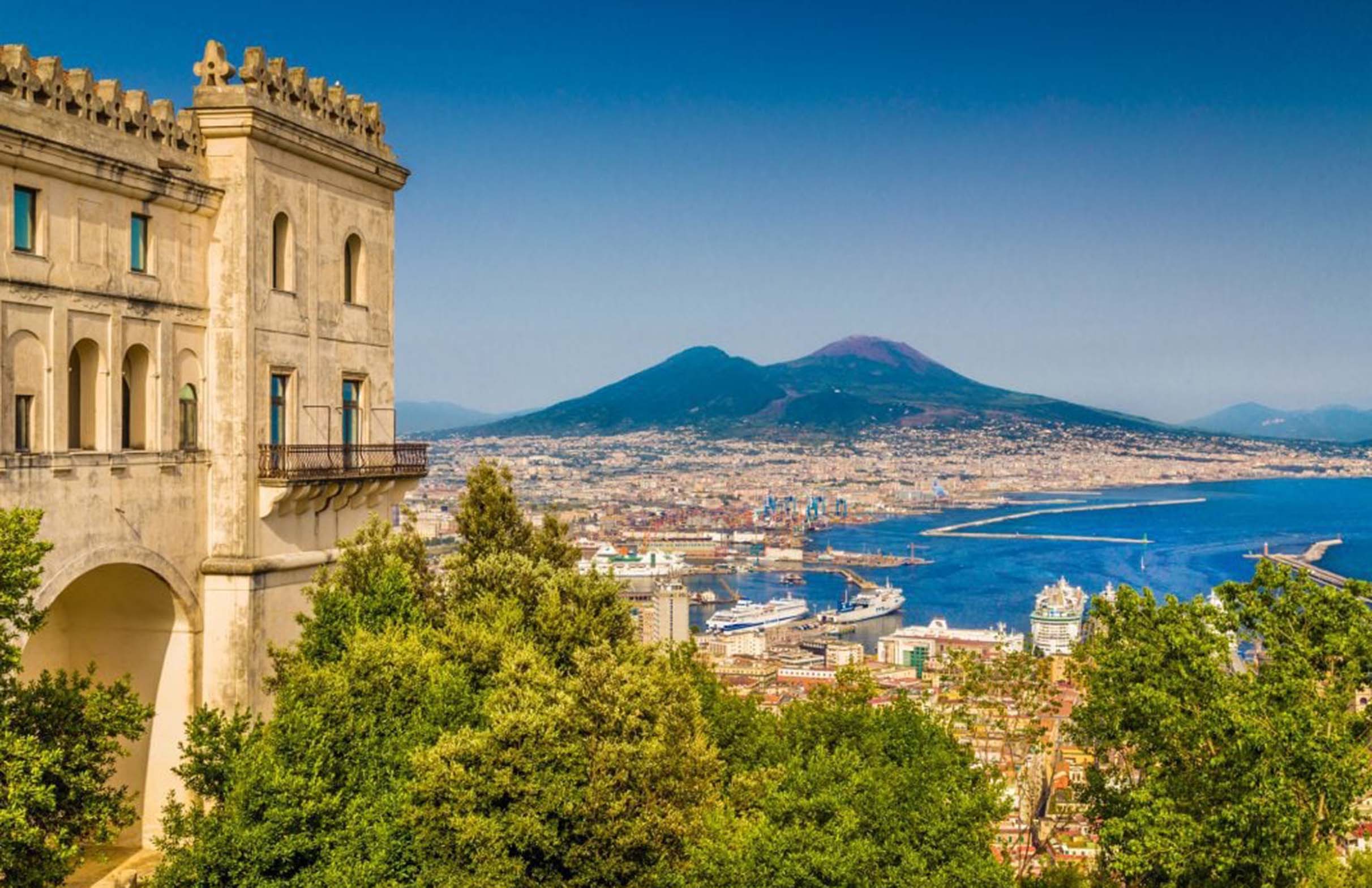Montpellier, a vibrant city in the south of France, is a treasure trove for art and history enthusiasts. Its rich tapestry of cultural institutions offers a deep dive into various epochs and artistic movements. During my explorations, I had the pleasure of visiting four remarkable museums, each providing a unique window into the past and the creative spirit of humanity.
1. Musée Fabre
Overview:
Established in 1828, Musée Fabre stands as Montpellier’s premier art museum, renowned for its extensive collection spanning from the Renaissance to contemporary art. The museum seamlessly blends classical architecture with modern design, creating an inviting atmosphere for art lovers.
Location:
39 Boulevard Bonne Nouvelle, 34000 Montpellier, France
Getting There:
Situated in the heart of Montpellier, the museum is easily accessible:
- By Tram: Lines 1 and 2, stop at “Comédie,” followed by a short 5-minute walk.
- By Bus: Several bus lines service the area; consult local schedules for the best route.
Personal Favorites:
- “The Bathers” by Gustave Courbet This masterpiece captures the raw beauty of the female form amidst a natural setting. The realism and attention to detail left me in awe, offering a profound connection to the subject matter.
- “Saint John the Baptist” by Sébastien Bourdon A striking portrayal that exudes spirituality and depth. Bourdon’s use of light and shadow creates a mesmerizing effect, drawing viewers into contemplation.
- “Portrait of Madame Sabatier” by François-Xavier Fabre An elegant depiction showcasing Fabre’s finesse in capturing the essence of his subjects. The delicate brushwork and subtle color palette are truly captivating.
Recommended Works:
- “Pietà” by Jean-Jacques Henner A poignant representation of sorrow and compassion, this piece stands out for its emotional depth and masterful technique.
- “The Triumph of Neptune” by Nicolas Poussin A dynamic composition that brings mythological themes to life, reflecting Poussin’s genius in orchestrating complex scenes.
- “View of the Village of Castelnau-le-Lez” by Frédéric Bazille A beautiful landscape painting that offers insight into Bazille’s impressionistic approach and his connection to the region.
Services:
- Guided Tours: Available in multiple languages, providing in-depth insights into the collections.
- Café and Bookshop: A cozy café offers refreshments, and the bookshop provides a range of art literature and souvenirs.
Pros:
- Diverse Collection: Spans various art movements and periods, ensuring something for every art lover.
- Modern Facilities: Well-maintained with interactive displays enhancing the visitor experience.
Cons:
- Size: The extensive collection can be overwhelming; allocating sufficient time is advisable.
Admission Fees:
- Adults: €8
- Concessions: €5 (students, seniors)
- Under 18: Free
Opening Hours:
- Tuesday to Sunday: 10:00 AM – 6:00 PM
- Monday: Closed
Booking Platforms:
- Official Website: Musée Fabre
- Tourist Information Centers: Bookings can also be made in person.
Personal Reflections:
Walking through Musée Fabre felt like a journey across time and artistic expression. The curated spaces allowed for intimate encounters with masterpieces, leaving a lasting impression of the artists’ genius and the museum’s dedication to preserving cultural heritage.
2. Musée Atger
Overview:
Musée Atger is Montpellier’s oldest museum, housing an exquisite collection of drawings and prints from the 16th to 18th centuries. Nestled within the Faculty of Medicine, it offers a serene environment for art appreciation.
Location:
2 Rue de l’École de Médecine, 34000 Montpellier, France
Getting There:
- By Tram: Line 1, stop at “Louis Blanc,” followed by a 10-minute walk.
- By Bus: Routes 6 and 7, stop at “Peyrou – Arc de Triomphe.”
Personal Favorites:
- “Study of Hands” by Nicolas Poussin The intricate detailing in this study showcases Poussin’s mastery in capturing human anatomy, offering a glimpse into his meticulous process.
- “Portrait of a Young Woman” by Antoine Watteau This delicate drawing exudes grace and subtlety, reflecting Watteau’s ability to convey emotion with minimal strokes.
- “Landscape with Trees” by Claude Lorrain A serene depiction of nature, highlighting Lorrain’s skill in rendering light and atmosphere.
Recommended Works:
- “Allegory of the Seasons” by Charles Le Brun A series of drawings that beautifully personify the seasons, showcasing Le Brun’s allegorical approach.
- “The Three Graces” by Jacques Stella An elegant composition reflecting classical beauty and harmony.
- “Study of a Reclining Figure” by François Boucher A dynamic sketch capturing movement and form, indicative of Boucher’s rococo style.
Services:
- Guided Tours: Available upon request, offering personalized insights into the collection.
- Reading Room: Provides access to art literature for deeper exploration.
Pros:
- Intimate Setting: The museum’s small size creates a quiet and contemplative atmosphere, perfect for appreciating the fine details of the artworks.
- Unique Collection: Focused exclusively on drawings and prints, offering a different perspective from traditional painting galleries.
Cons:
- Limited Space: Due to its small scale, the museum does not have large exhibition areas, and space can feel a bit tight when there are several visitors.
- Accessibility: The location within the Faculty of Medicine means it might not be as easily recognizable or tourist-friendly as other museums in Montpellier.
Admission Fees:
- Adults: Free
- Students and Seniors: Free
- Under 18: Free
Opening Hours:
- Monday to Friday: 1:00 PM – 5:00 PM
- Saturday & Sunday: Closed
Booking Platforms:
- No advance booking required: Entry is free, and you can visit at your convenience.
- Official website: No official website, but information is available at Montpellier’s tourist office.
Personal Reflections:
Visiting Musée Atger was like stepping into an artist’s sketchbook. The delicate lines and intricate shading in the drawings transported me into the creative process of some of the greatest French masters. Unlike the grand halls of larger museums, this intimate collection provided an up-close and personal experience. If you love sketches, drafts, and the raw beauty of artistic preparation, this is a must-visit.
3. Pavillon Populaire
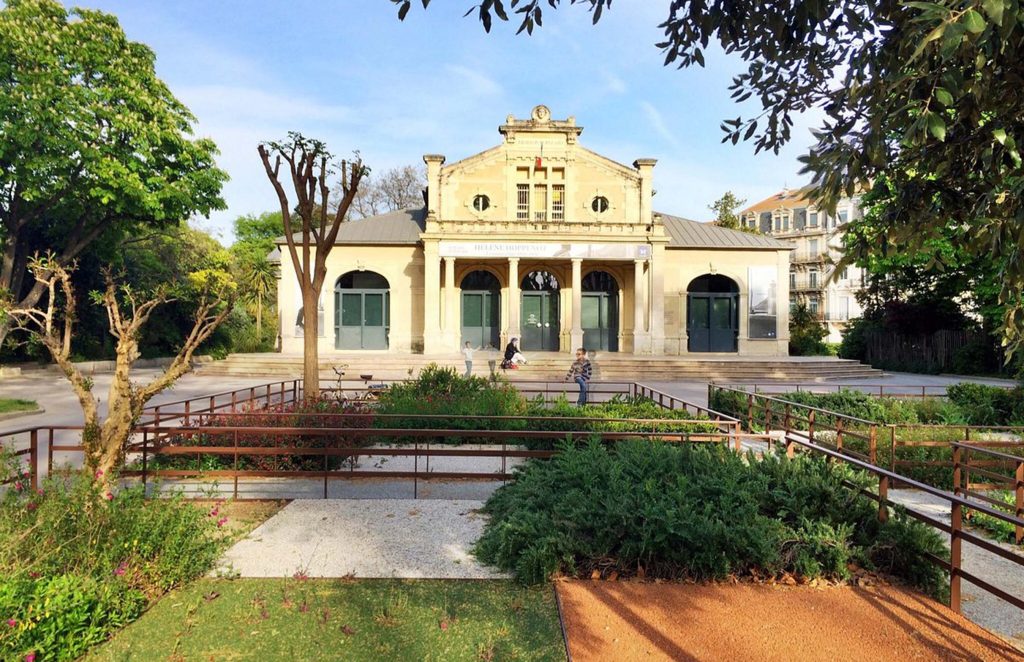
Overview:
If you have an interest in photography, Pavillon Populaire is an absolute gem in Montpellier. This contemporary photography museum showcases temporary exhibitions from renowned photographers worldwide, covering various themes from documentary to experimental art.
Location:
Esplanade Charles de Gaulle, 34000 Montpellier, France
Getting There:
- By Tram: Line 1 or 2, stop at “Comédie,” followed by a 3-minute walk.
- By Bus: Several bus routes stop nearby, making it one of the most accessible museums in the city.
Personal Favorites:
- “The Eyes of the City” by Henri Cartier-Bresson
A breathtaking collection of street photography, capturing life in 20th-century France. The way Cartier-Bresson plays with shadow, light, and human expressions is nothing short of mesmerizing. - “Between Two Worlds” by Sebastião Salgado
Salgado’s black-and-white photography depicts remote communities and the struggles they face. Each image tells an entire story of resilience and beauty. - “Dreamlike Landscapes” by Sarah Moon
A haunting yet captivating display of ethereal, blurry images that transport you to another realm.
Recommended Works:
- “America in Color” by Steve McCurry – A rare look at McCurry’s color work, featuring striking images of everyday life in the United States.
- “Urban Ghosts” by Jean-Claude Gautrand – An evocative series focusing on abandoned spaces and decayed cityscapes.
- “The World Through a Lens” by Annie Leibovitz – A celebrity portrait exhibition with deep, personal insights into each subject’s life.
Services:
- Guided Tours: Available on request, providing in-depth details about each exhibition.
- Photography Workshops: Occasionally held for those interested in learning about composition and technique.
Pros:
- Free Entry: One of the best free photography museums in France.
- Regularly Changing Exhibits: Every few months, new photographers are showcased, making repeat visits exciting.
Cons:
- No Permanent Collection: Since all exhibitions are temporary, you might miss certain photographers depending on when you visit.
- Limited Seating: Not ideal for long stays, as there are few places to rest inside.
Admission Fees:
- Adults: Free
- Students and Seniors: Free
- Under 18: Free
Opening Hours:
- Tuesday to Sunday: 10:00 AM – 6:00 PM
- Monday: Closed
Booking Platforms:
- No reservations required: You can simply walk in.
- For updates on current exhibitions: Visit Montpellier’s official tourism website.
Personal Reflections:
Pavillon Populaire was an unexpected highlight of my trip. Walking through the gallery, I felt as though I was traveling through different worlds, each photograph inviting me into a unique narrative. For photography lovers, this museum is an absolute dream.
4. Musée de l’Anatomie (Anatomy Museum)
Overview:
Located within the Faculty of Medicine of Montpellier, the Anatomy Museum is one of the most unusual and fascinating places in the city. It features an extensive collection of preserved human specimens, anatomical wax models, and historical medical instruments. It’s not for the faint of heart, but if you have an interest in medical history, this museum is a must-visit.
Location:
2 Rue de l’École de Médecine, 34000 Montpellier, France
Getting There:
- By Tram: Line 1, stop at “Louis Blanc,” followed by a 10-minute walk.
- By Bus: Routes 6 and 7, stop at “Peyrou – Arc de Triomphe.”
Personal Favorites:
- “The Dissected Cadaver”
One of the most detailed anatomical wax models I’ve ever seen. Every vein and muscle fiber was meticulously crafted, making it both eerie and mesmerizing. - “The 18th-Century Skull Collection”
A collection of human skulls used to study cranial anatomy and various diseases throughout history. - “Historical Surgery Instruments”
Seeing the rudimentary tools once used for amputations and surgeries gave me chills. It was a stark reminder of how far medicine has come.
Recommended Works:
- “The Plaster Cast of a Siamese Twin” – A rare medical artifact showcasing the study of conjoined twins.
- “The 19th-Century Fetal Development Collection” – Displays how fetal growth was studied through wax models.
- “The Brain Specimens” – A fascinating look at neurological studies from the past.
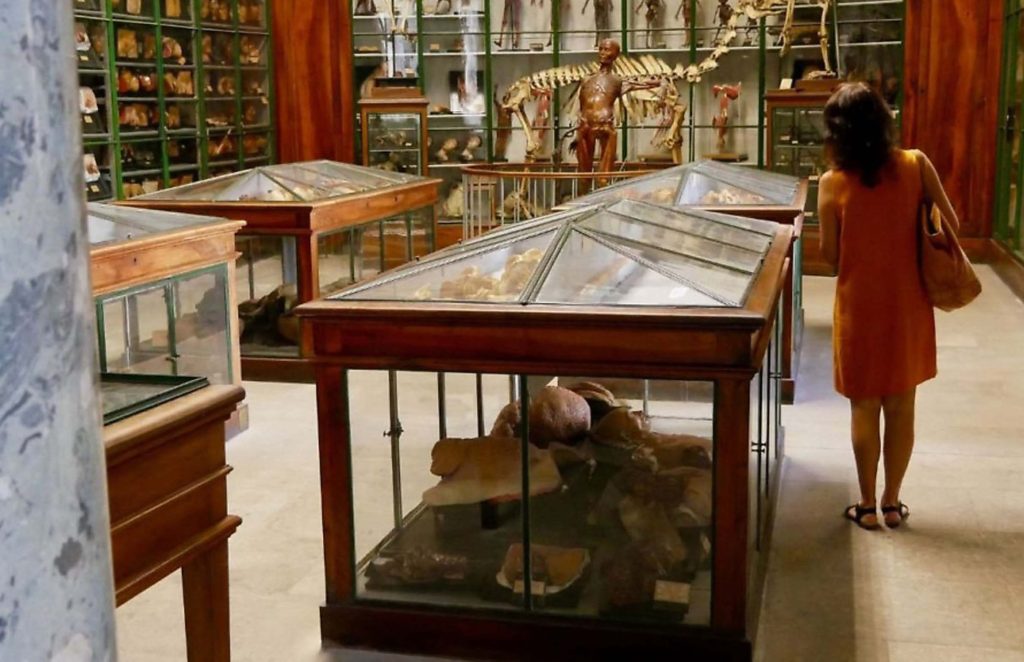
Services:
- Guided Tours: Due to the sensitive nature of the exhibits, visits are guided by appointment only.
- Library Access: A historical medical library is available for researchers.
Pros:
- Unique Experience: One of the few medical museums in France with such an extensive collection.
- Historically Significant: Montpellier’s Faculty of Medicine is the oldest active medical school in the world.
Cons:
- Not for Everyone: Some exhibits can be unsettling for visitors uncomfortable with human remains.
- Limited Accessibility: Only open for guided visits, making scheduling a bit tricky.
Admission Fees:
- Adults: €6
- Students and Seniors: €3
- Under 18: Free
Opening Hours:
- By Appointment Only – Check with Montpellier University for available tour slots.
Booking Platforms:
- Advance Booking Required: Contact Montpellier University’s Faculty of Medicine for reservations.
Personal Reflections:
Walking through the Anatomy Museum felt like stepping into an old medical textbook. While some exhibits were slightly unsettling, the educational value and historical significance made it an unforgettable experience.
Why Montpellier is a Haven for Museum Lovers
Montpellier’s museums offer a rich blend of fine art, photography, and medical history, catering to a wide range of interests. Whether you’re marveling at Renaissance masterpieces at Musée Fabre, getting lost in photography at Pavillon Populaire, or exploring the eerie yet fascinating exhibits at the Anatomy Museum, there’s something here for everyone. If you’re planning a trip to the south of France, set aside a few days to explore Montpellier’s cultural treasures – you won’t regret it!
